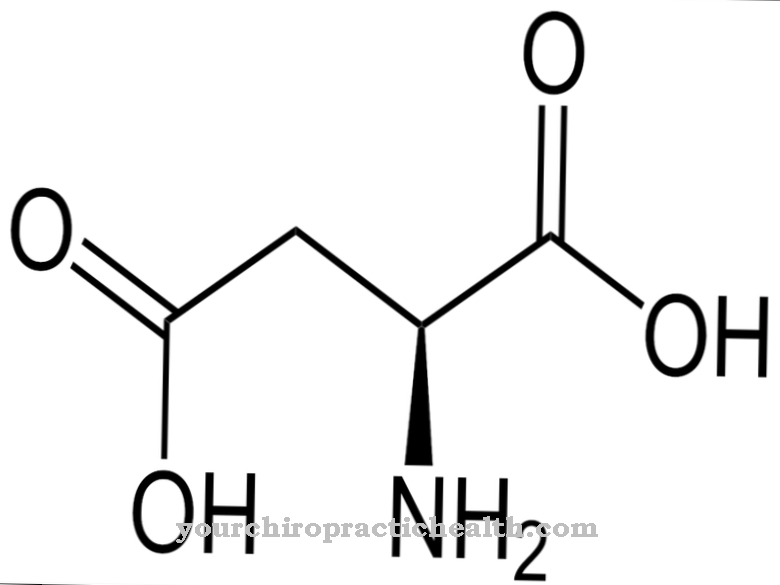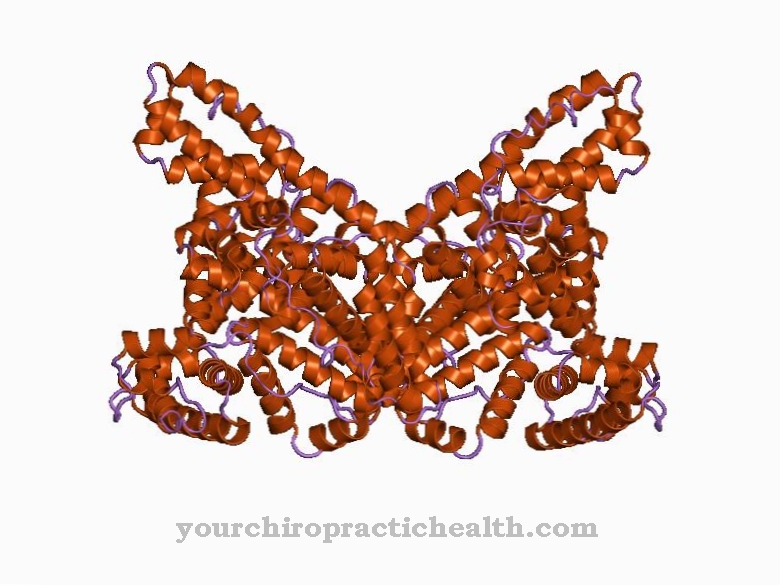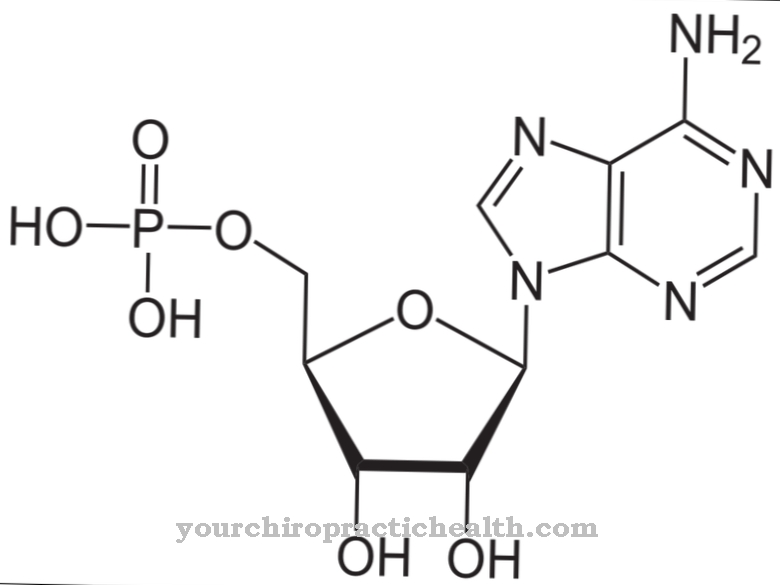“Eat slowly and chew properly!” Every child knows the mother's admonishing saying, but why exactly is “good chewing” so important for the body? The answer is simple: proper digestion begins in the mouth when the Amylases Act.
What are amylases?
The word "amylase" comes from the Greek word amylon and means something like "cornstarch".
It is one of the hydrolases, enzymes that dissolve biochemical compounds by reacting with water. The amylase is an enzyme that has important functions in the metabolism of every organism - an indispensable invention of nature.
Like all enzymes, amylase is a protein that is produced by the body glands themselves. Its discovery goes back to the year 1833. The French chemist Anselme Payen discovered it in a malt solution. At that time the amylase was still called diastase, it was the first enzyme to be discovered.
Function, effect & tasks
In its original, non-unlocked form, the food supplied cannot be used by the body.
During the digestive process, it is broken down into the smallest components, which are then absorbed into the blood and thus carried into the metabolism. Digestion begins in the mouth. Through a mechanical process called “chewing”, the food is chopped up with the help of the teeth. This stimulates the flow of saliva and makes the food smoother so that it can be carried further through the esophagus into the stomach without any problems.
In the mouth, food comes into contact with an important enzyme from saliva called "amylase". This is responsible for the breakdown of complex multiple sugars (polysaccharides) and starch. Only then are the nutrients broken down into smaller individual parts (in this case first maltrose, then glucose and then complex oligosaccharides) and made usable for the body. This makes the carbohydrates easier to digest.
Only a fraction of the starchy nutrient is released into the blood. This energy-saving method of the organism is important so that digestion functions regularly and appropriately and our food is thereby converted into energy.
There are four different types of amylase:
- the isoamylases: this occurs only in bacteria and plants. It splits glycogen (storage form of carbohydrates) and amylopectin (natural starch)
- γ-amylase: it splices glucose, but occurs only in fungi.
- the α-amylase: this hydrolyzes the amylose (starch) and the amylopectin. It can act as the only enzyme inside a starch molecule. Because of this, it is an endoenzyme.
- β-amylase: this enzyme is an exoenzyme, but has the same properties as α-amylase. However, it only splits off one maltose molecule at a time from the end of the chain. The more chain ends that are created by the α-amylase, the better the β-amylase can work.
As a small molecule, α-amylase is excreted in the urine via the kidneys and can therefore be measured in blood serum and urine.
Education, occurrence, properties & optimal values
The α-amylase consists of five so-called "isoforms". Two of them are formed in the acinar cells of the pancreas (Latin: pancreas) and are called pancreatic amylase. From here they are released directly into the intestine. The other three isoforms are produced in the exocrine glands of the oral cavity.
There are three large salivary glands there:
- the parotid gland (parotid gland)
- the sublingual gland (sublingual salivary gland)
- and the submandibular gland (mandibular salivary gland).
When the food is chewed, it becomes active and secrete saliva, which is mixed with the enzyme. As already mentioned, amylase levels can be measured in blood and urine. A urine test requires the patient's urine, which must be collected over a period of 24 hours. Since not every analysis device works equally well, the information on the optimal values varies.
In general, however, it can be said that amylase values measured in the blood serum of an adult should be between 31-107 units per liter (U / I), while the values measured in spontaneous urine are approximately up to 460 U / I and those in Urine collection should be approximately up to 270 U / I. Amylase values that are too low usually have no disease value.
Diseases & Disorders
An increased α-amylase level can be an indication of a pathological process, but is not proof of it. On the one hand, this can be due to an acute inflammation of the parotid gland, a so-called parotitis.
This is triggered by viruses and bacteria and is associated with severe pain, clearly visible swelling and occasional fever. It can i.a. caused by frequent vomiting (such as bulimia). Most often, however, the childhood disease mumps is responsible for this inflammation.
People with insufficient fluid intake or reduced chewing activity are also at risk. As a result, saliva production is reduced, and immigrated bacteria cannot be properly flushed out. There are also certain groups of drugs that inhibit saliva production, such as diuretics or antidepressants.
Poor oral hygiene, an easily inflamed oral mucosa and malnutrition also promote the formation of bacteria. An increased concentration of α-amylase in the blood count can also be a sign of pancreatitis. The most common cause of this is diseases of the biliary tract.
























.jpg)



